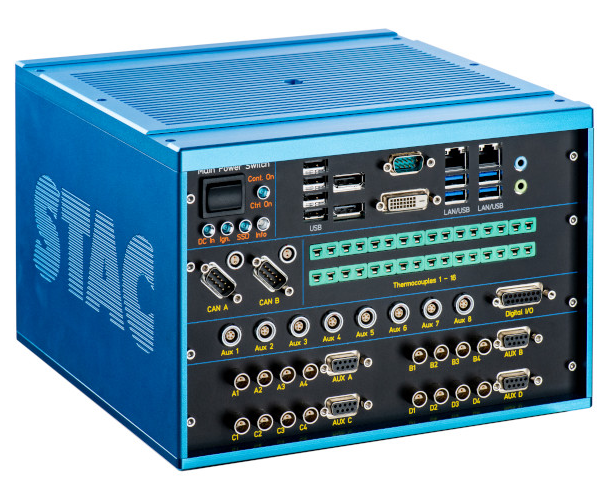
Vehicle Testing
Eventscan CAR - Brake noise & performance measurement systems
EventScan CAR is used to collect brake performance data and to identify and analyse brake noise and vibration effects. It was specially developed for in-vehicle tests on the road.
Extensive trigger capabilities, fast trigger responses, and highly dynamic and accurate speed, deceleration and stopping distance measurements allow the system to be used for a wide range of brake performance tests. Noise, vibration and other rapidly changing signals are captured in sync with actual brake operating conditions, making the system compatible with all common brake noise testing standards.
EventScan systems are used by leading US, European and Asian automotive manufacturers and are used by brake system suppliers and brake and damping material manufacturers worldwide.
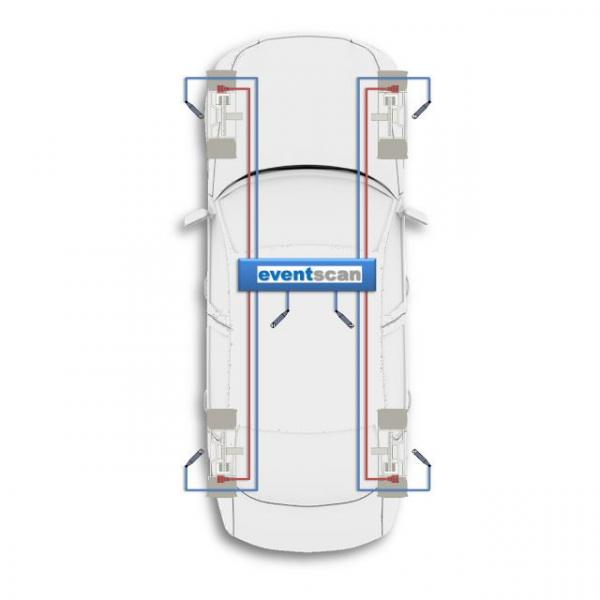
Brake squeal effects are identified by special squeal analysis modules of the system. For each brake under test a separate squeal analysis module is available.
One or multiple microphones may be used to detect squeal effects. Once a squeal is detected it is validated by wheel sensors (accelerometers) to determine the source of the squeal.
A squeal analysis module allows the detection of squeal effects in the range from DC to 23 kHz; it may be used with each fast input channel in real time and parallel to acquisition and signal recording. The detection range may be limited to a certain frequency band. All signals used for squeal analysis are transferred into the frequency domain using a FFT analysis.
Multiple squeal events can be reported during one brake application. Events are differentiated by their frequency. Other noise or vibration effects - like "Groan" or "Judder" are identified by specialized time domain analysis and/or real time order tracking modules which may optionally added to the system.
Finally, any type of high dynamic signal may be acquired, analysed and recorded in real time, like DTV, torque and pressure variations.
-

High Speed Analog Inputs
High speed analog inputs optimzed to acquire signals of higher bandwidth, like sound pressure and vibration for noise detection, and/or other fast varying signals to analyze high frequency fluctuations of torque, pressure, disk thickness, and even more. The modular system layout provides up to 16 high speed analog input channels. All such inputs provide IEPE/ICP sensor power supplies, AC/DC coupling circuits, programmable high quality instrument amplifiers, automatic anti aliasing filters, and 24 bit A/D converters.
-

HIGH SPEED PULSE INPUTS
High speed pulse tachometer inputs may be used with any sensor providing pulse output signals, like optical sensors (e.g. Correvit), microwave sensors, or GPS assisted sensors (e.g. VBox). A system may contain up to 4 of such inputs. Speed measurements with these tachometer inputs are extremly precise due to the high pulse sampling rate of 26 MHz. The tachometer inputs are as well synchronized with the mentioned high speed analog input channels and may thus be utilized for order tracking or torsional vibration analysis.
-

Can-BUS Ports
Up to 4 fully separated and galvanically isolated CAN bus ports may be used to acquire data directly from the vehicle‘s internal CAN buses or the OBD II onboard diagnostic port as well as to acquire data from external measurement modules. By using the car‘s CAN bus, a vast number of additional sensors (like speed, brake trigger and pressure, ambient temperature, etc.) become superfluous. This will drastically reduce time and cost for test vehicle preparation.
-

AUXILIARY ANALOG INPUTS
The system provides up to 8 or up to 16 low speed analog inputs (galvanically isolated) for any kind of sensors providing analog output signals (e.g. pressure, pedal force, pedal travel, humidity, ambient temperature etc.).
-
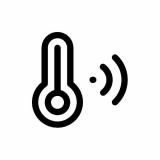
THERMO COUPLE INPUTS
The integrated thermo couple module enables the use of 8 or 16 K-type thermo couple inputs providing precise temperature measurements by using 24 bit A/D converters. All such inputs are galvanically isolated.
-

OTHER INPUT & OUTPUT UNITS
Other available inputs and outputs: brake trigger input galv. isolated, 8 digital inputs, 14 high speed digital inputs, FlexRay port (Channels A and B, Bosch E-Ray core), Ethernet LAN ports 1 Gbps, RS232 port, USB 2.0/3.0 ports.
Simple to install...
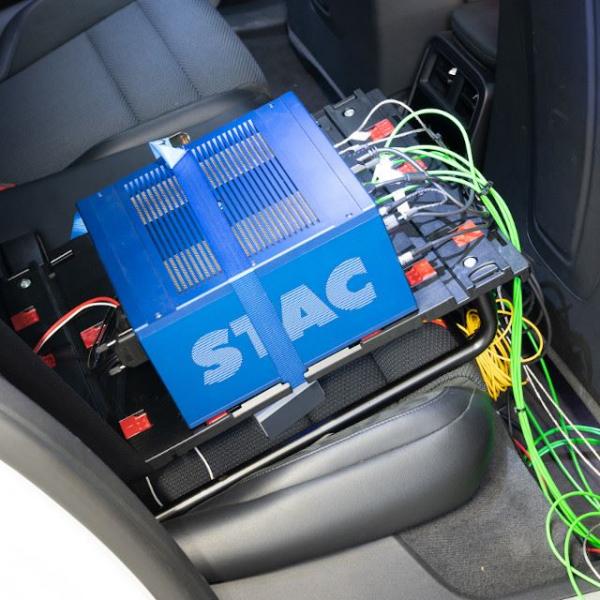
The compact and ruggedized EventScan main unit is just placed in the trunk or any-where in the cabin - e.g. on a passenger seat. It is simply powered by the car’s battery (nominal input voltage range is 9 to 30 Volt - voltage drops down to 6 Volt or high voltage peaks up to 80 Volt are maintained).
To start and stop operation the on/off switch of the system or a remote contact (ignition or external switch) is used.
...easy to use
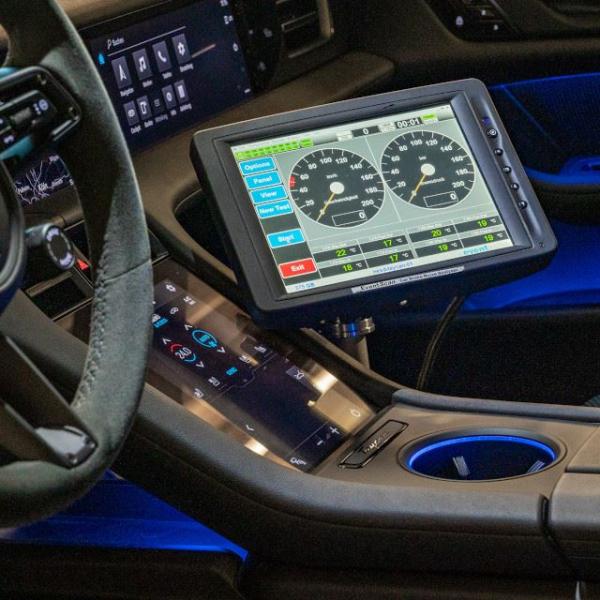
The system is controlled by a separate TFT touchscreen (8.4”) which may be attached to the dashboard (suction mounting) - making it easy for the driver to obtain online information and to enter commands by using onscreen touch buttons.
An optional secondary (small) screen with full customizable display items may be connected to the system and placed - for example - directly into the driver’s line of vision. The installation of additional instruments - like a pressure gauge - is not neccessary.

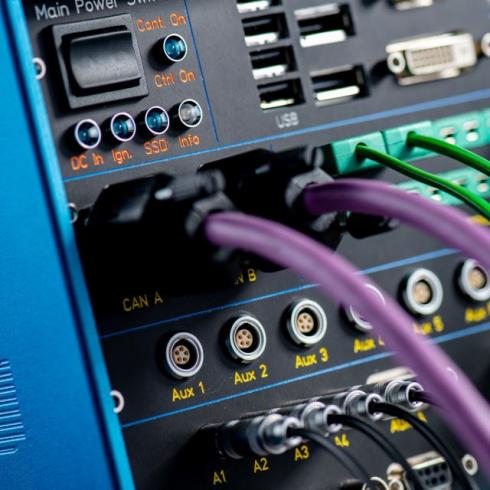
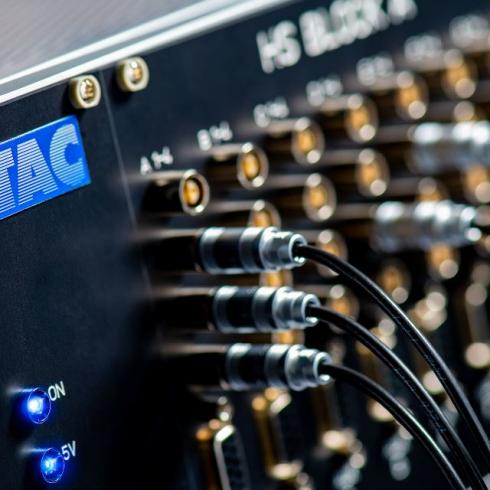
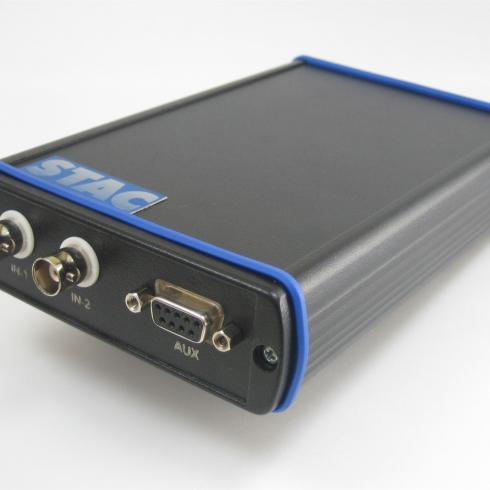
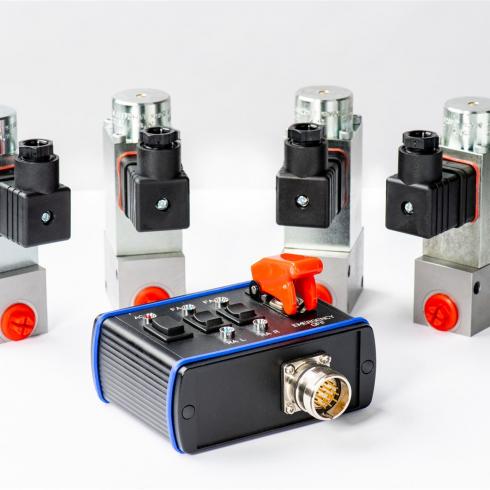

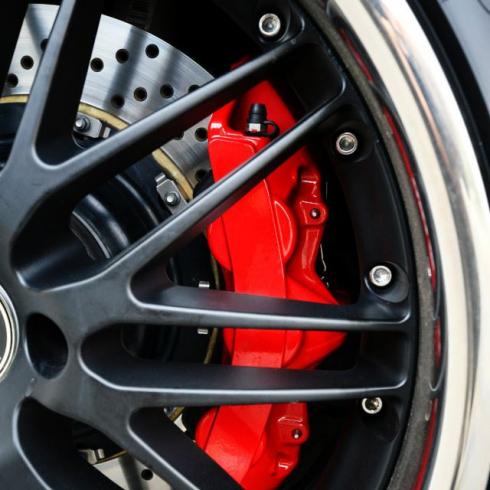
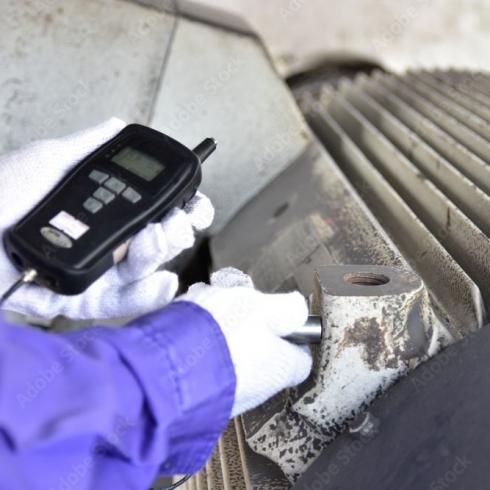

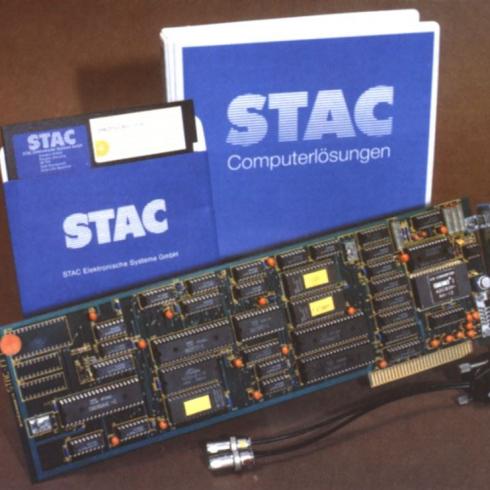
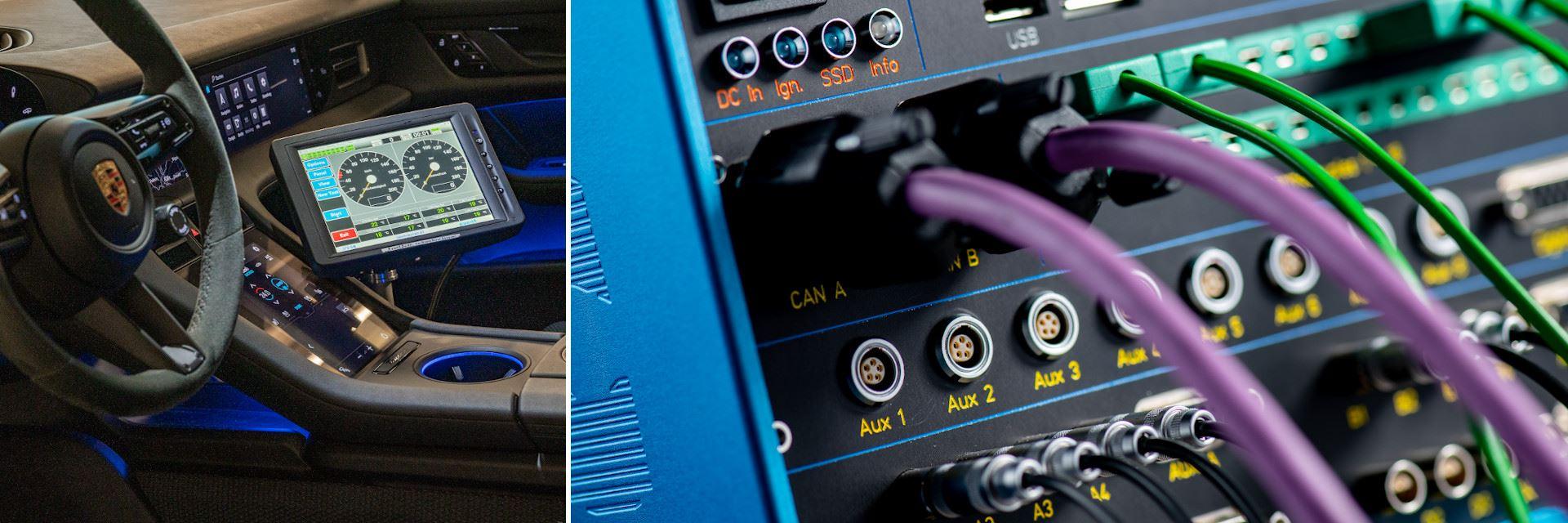



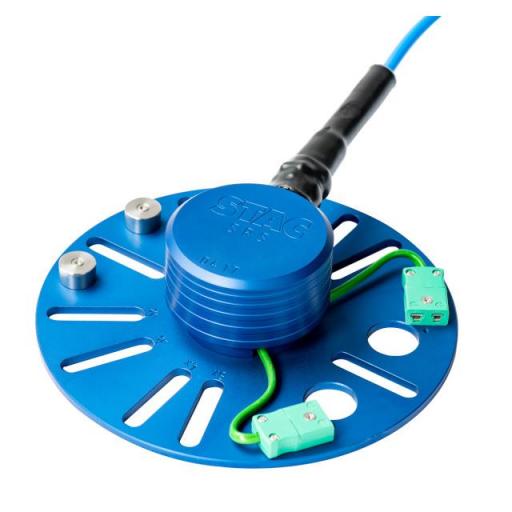
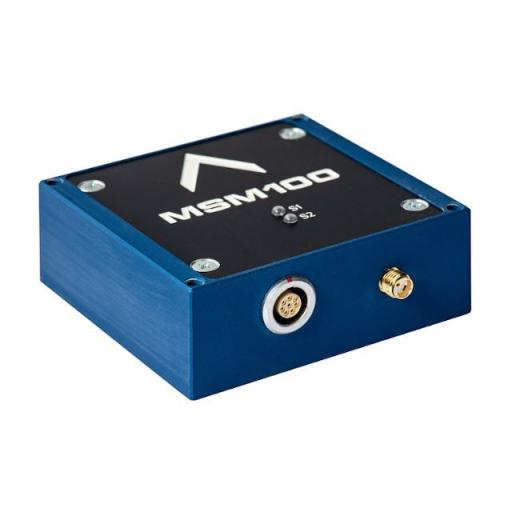
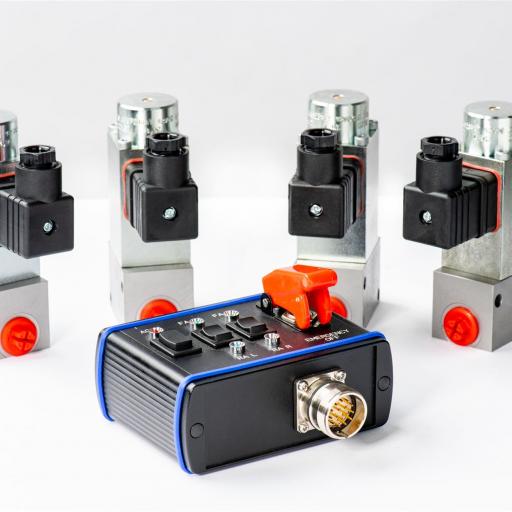
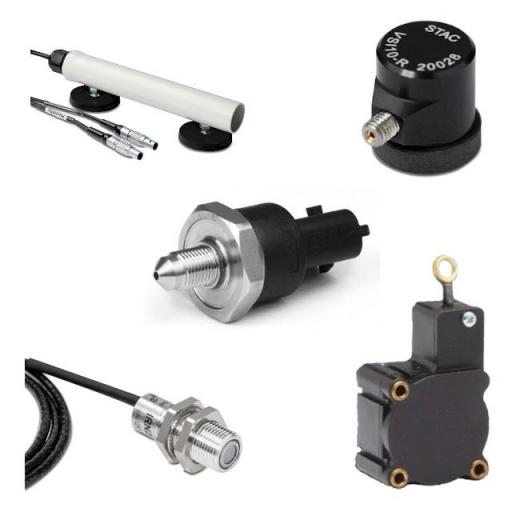
 Contact us
Contact us